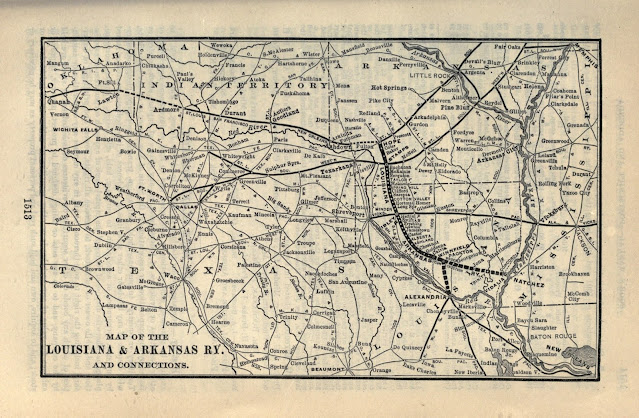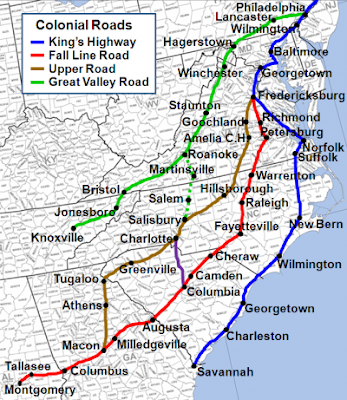Social History Adds Context to Our Families – An Example for My Coor Family

This week, I’m attended a virtual course with the Salt Lake Institute of Genealogy called “Advanced Practices in Social History” coordinated by Gena Philibert-Ortega, MA, MAR. So far, it has been a wonderful experience learning about all of the sources one should consider when adding social context to our family history stories. Social history can be a broad topic. It involves economics, sociology, women’s history, microhistory, and material culture. We want to go beyond the vital record dates. We want to fill in the details the lives of our ancestors and understand their lives within their community. They did not live in a vacuum. They interacted with family, friends, coworkers, neighbors, business people, teachers, law enforcement, court system, and others. Besides working, they played, went to church, shop for food, clothing, and other necessities, and socialized with friends and family. There is so much we can learn about our families by studying the community they were a part of...


